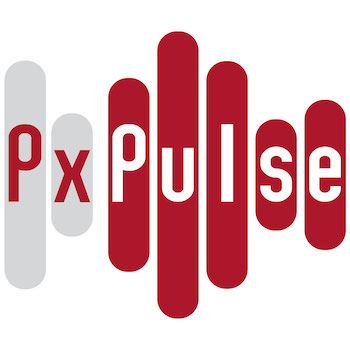
On HIV Vaccine Awareness Day in 2024, the field is confronting extraordinary breakthroughs and extraordinary challenges.
It’s considered one of the most important and most difficult scientific enterprises in the history of modern medicine—the hunt for an HIV vaccine. It has led to vast knowledge of HIV and the immune system, and to breakthrough technology (think COVID vaccines and mRNA platforms). But developing an effective HIV vaccine is still out of reach. Meanwhile, HIV incidence remains intractably high in hard-hit regions around the world, even as the field is hoping to speed up access to longer-acting PrEP. It’s a complex landscape, alongside incredibly complex science in HIV vaccine R&D.
In this episode of PxPulse, Dr. Nina Russell, Director of TB & HIV Research and Development for the Bill and Melinda Gates foundation, talks about where she sees promise in the science, the goals for an HIV vaccine, and why it has an essential role to play, alongside the scale up of PrEP.
Listen
Resources
- Just What is Discovery Medicine? And what Does it Mean for HIV Vaccine Research, May 16 webinar
- HIV Vaccine and Antibody Efficacy Trials to Date, infographic
- From the Lab to the Jab, issue briefs
- Evolving Strategies for an HIV Vaccine: One researcher explains where the field is going and why? (21:23), PxPulse episode
- Research Fundamentals: An HIV Vaccine — What’s the challenge and what’s the science? (12:03), PxPulse episode